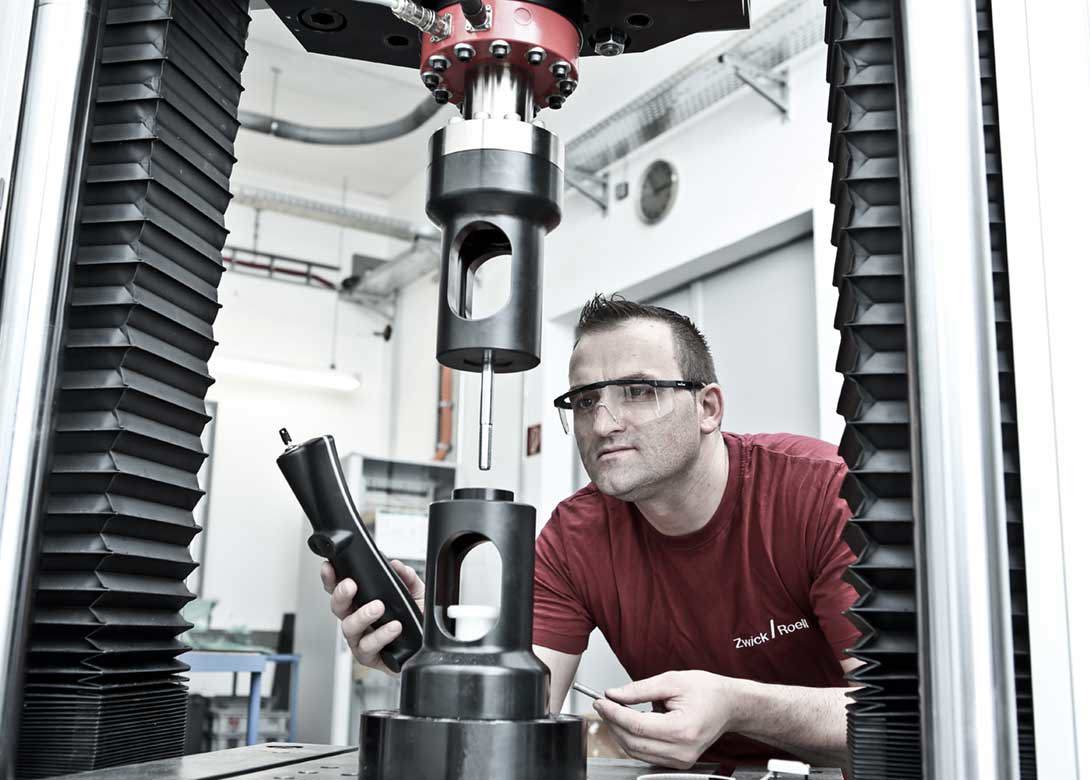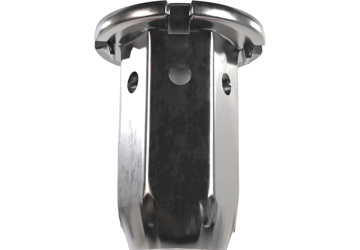

By Alan Thomas, marketing, Zwick Roell Ltd
There is a need for the aerospace industry to adhere to the strictest of standards for every component manufactured. All items created require extreme precision and repeatability to ensure reliable functionality. While critical equipment failures present a problem for any industry, the consequences of failure are especially serious in aerospace.
The materials used to construct these parts continue to get more complicated, as new solutions that may be used to fabricate stronger parts are developed; improving the fuel efficiency and functionality of aircraft. It is crucial to carefully test these new materials across all stages of development to understand how they will function for their intended application.
Aerospace equipment operates in harsh environments that experience high and low temperature extremes, severe weather, impacts, and pressure extremes. Due to these extreme conditions, they are prone to a variety of structural deterioration risks such as; corrosion, fatigue, fabrication defects and unforeseen loading.
Given the risks associated with underperformance or failure of aerospace equipment, a range of industry standards have been developed, for example, the ASTM offers strict standards for materials testing within aerospace applications. Nadcap performs regular audits on accredited laboratories to ensure they can perform testing and analysis according to specifications. These standards enable global manufacturers to standardise testing to determine a wide range of material properties.
In addition to these standards, many OEMs set product testing standards of their own that their suppliers must meet to ensure approval as vendors. These standards enable aerospace manufacturers and design engineers to calculate how selected materials will perform in dangerous environments and determine if specific materials are suitable for a distinct design.
Thanks to advances in testing technology, data gathering and analysis techniques, a wide variety of advanced solutions now exist to identify material properties, benefits, and shortcomings. Implementing the results of comprehensive materials tests has become a crucial element of design operations and the decision making process. The future of the aerospace industry relies on innovative materials to improve aircraft performance, weight, and strength. Beyond materials innovation, proper and thorough testing must be implemented to provide confidence that new materials can meet the high standards required by the sector.





